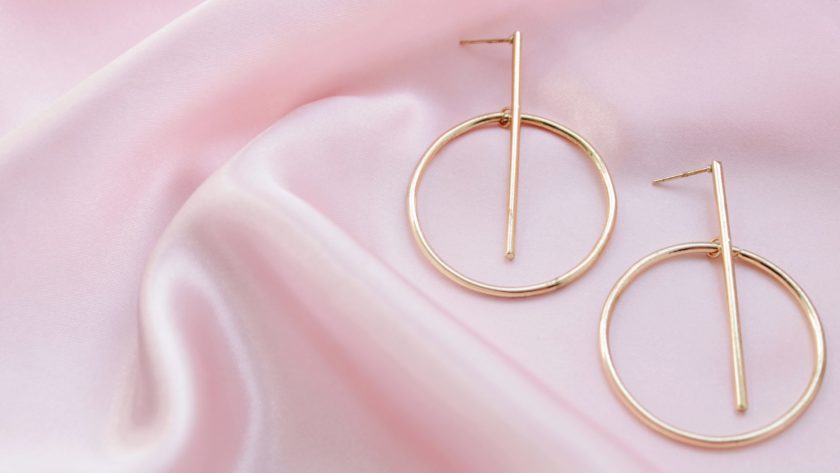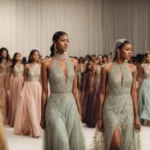When it comes to accessories, hoop earrings are a piece of jewelry that are so much more than that alone. Rather, hoops are part of centuries of historical and cultural importance. From ancient Sumerian people to modern-day Black and Latino culture, a lot more goes into earrings than choosing a matching accessory for a particular ensemble. This piece requires a much more thoughtful element to appreciate the culture and history behind this jewelry staple.
The Origins of Hoop Earrings

The earliest known hoops date back to 2,500 B.C. with one of the earliest civilizations, Sumer. Now south-central Iraq, the Sumerian people wore jewelry such as gold crescent-shaped hoops—including those you’ll now find on display at the Metropolitan Museum of Art in New York City. Later, similar styles could be found in ancient Egypt, where everyone from pharaohs to cats sported hoops. Similar styles appear in Greece, Etruria, Rome, and other ancient cultures.
As you continue through history, you’ll find a favorite pop cultural reference: the gold hoop earrings worn by pirates through the golden age of piracy, meant to ensure they got a proper burial no matter where they might end up. Then, in the 19th century, the Ainu people of Hokkaido wore brass hoops of a similarly iconic style. Unsurprisingly, this wasn’t the end of hoops’ reign over iconic fashion.
Hoops in Black and Latino Culture

In the later part of the 20th century, hoops were associated with the Mexican subculture of “cholas,” in addition to other working-class Black and Latino communities. Unfortunately, that same prevalence led to a less positive association: the negative stereotypes of gold hoops as “ghetto,” exemplified best, perhaps, by Carrie Bradshaw’s infamous dismissal of gold jewelry on “Sex and the City.”
Hoop earrings, particularly the classic large gold hoop earrings, are a rite of passage for many people of color, as outlined by plentiful op-eds and other articles in recent years. Yet, large hoop earrings in particular are still overlooked and appropriated. In some circles, these styles are seen as a trendy accessory, at least when they’re worn by white women. The crucial factor, then, is looking past the alleged trend.
Wearing Hoop Earrings

With such a weighted history and crucial cultural context, many people—particularly white people—question whether they can wear their go-to hoops without offending those around them. Some may lament this “sensitivity,“ yet it’s undeniable that cultural components like hoops need to be acknowledged and respected for their history and significance to a group of people, particularly if the person wearing them isn’t a part of that group themself.
Hoops are so much more than a fashion accessory, and they shouldn’t be viewed as such. Still, there are ways to wear hoop earrings without appropriating the cultures that have long embraced these earrings and paid a high price for it. If you’re going to wear small hoop earrings, thin gold hoops, or a similar style, you must acknowledge that these pieces are far more than a trend.
Ideally, you’ll take this respect for a culture that isn’t your own a step further, working to combat racism on a systemic and individual level. Take the time to educate yourself and take action—find ways to be not just a non-racist person but someone who is actively anti-racist.
Hoop earrings have a varied and lengthy history, which has cumulated in remarkable contemporary cultural values. In understanding this history and the modern-day context in which hoops exist, you can begin to better understand this iconic jewelry and its place as so much more than a trend, whether you’re rocking hoops yourself or learning about them from afar.



